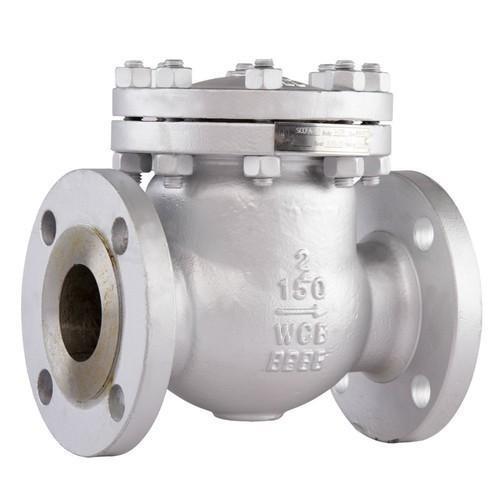slip on flange standard
Understanding Slip-On Flange Standards
Slip-on flanges are a popular choice in piping systems due to their ease of installation, versatility, and cost-effectiveness. They are designed to slip over the end of a pipe, allowing for quick and straightforward alignment and welding. However, to ensure the integrity and performance of a piping system, adherence to established standards for slip-on flanges is crucial.
Slip-on flanges follow various international and national standards, ensuring their compatibility with pipes and fittings across different applications. The most recognized standard for slip-on flanges is the ANSI/ASME B16.5, which covers flanges made from various materials, including carbon steel, stainless steel, and alloy steel. This standard specifies dimensions, tolerances, and pressure-temperature ratings, crucial for ensuring a proper fit and reliable performance under specified conditions.
Understanding Slip-On Flange Standards
Moreover, the slip-on design allows for some degree of misalignment during installation. If a piping alignment issue arises, the slip-on flange can be adjusted slightly, which is not possible with weld neck flanges. This flexibility significantly reduces the risk of stresses in the piping system, enhancing its overall durability and longevity.
slip on flange standard

However, while slip-on flanges are simpler to install, they do have some limitations. Their use is often not recommended for high-pressure or high-temperature applications, as they may not provide the same level of strength and reliability as other flange types, such as blind or weld neck flanges. Under extreme conditions, the welded joints of slip-on flanges can be susceptible to fatigue failure. Therefore, it is essential to assess the specific requirements of the piping system before choosing this type of flange.
In addition to ANSI/ASME B16.5, other standards can influence the choice and use of slip-on flanges. For example, ISO 7005-1 outlines dimensions and tolerances for steel flanges, while various industry-specific standards may apply to sectors such as petrochemical or pharmaceutical industries. Compliance with these standards not only ensures compatibility with existing systems but also meets regulatory requirements, enhancing safety and reliability.
Furthermore, as industries continue to evolve, so do the standards governing flange design and application. It is essential for engineers and procurement teams to stay updated on any changes to these standards, ensuring that their projects adhere to the latest best practices and technological advancements.
In summary, slip-on flanges are a reliable and economical choice for many piping applications, but their selection and installation must align with the relevant standards. By understanding the specifications of ANSI/ASME B16.5 and other applicable standards, engineers can ensure that they choose the right flange for their needs, mitigating risks while optimizing performance. As always, consultation with experienced professionals is advised to navigate the intricacies of flange standards and their applications effectively.
-
Breakthrough in Domestic Low Temperature Valve Technology in ChinaNewsAug.18,2025
-
From Machinery to Intelligent Brain: The Digital Transformation Wave of the Valve IndustryNewsAug.18,2025
-
PCVEXPO 2025NewsAug.18,2025
-
The Key to Fluid Control: Exploring the Advantages of Ball Valves in Industrial SystemsNewsJul.09,2025
-
The Versatile World of 1, 2, and 3 Piece Ball ValvesNewsJul.09,2025
-
Stainless Steel Ball Valves: The Ideal Choice for Efficient Flow ControlNewsJul.09,2025
-
Optimizing Fluid Control with Ball Float ValvesNewsJul.09,2025




